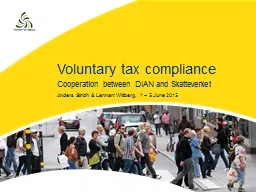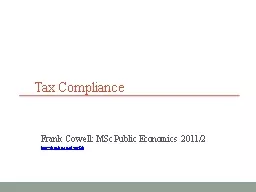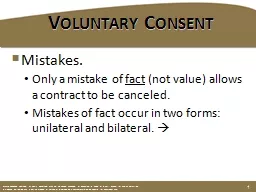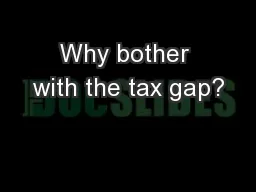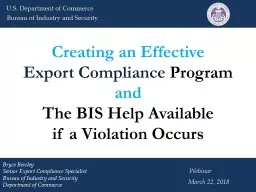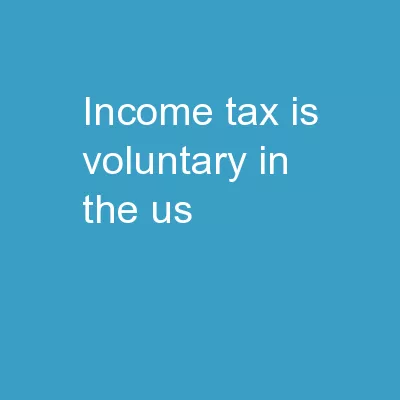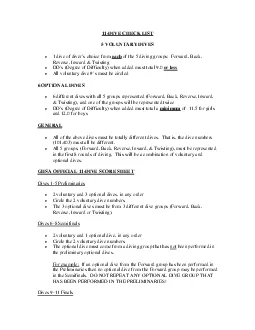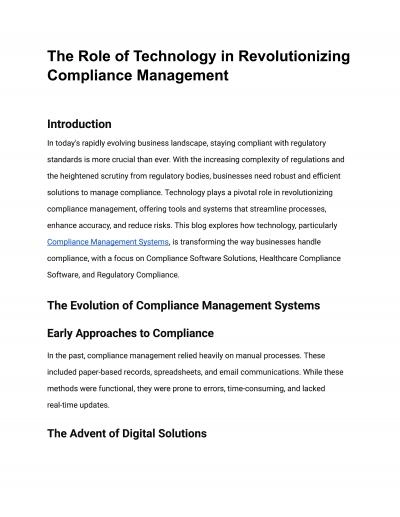PPT-Voluntary tax compliance
Author : natalia-silvester | Published Date : 2016-10-10
Cooperation between DIAN and Skatteverket Anders Stridh amp Lennart Wittberg 1 5 June 2015 Enforcement Malcolm K Sparrow There is a certain foolishness in traditional
Presentation Embed Code
Download Presentation
Download Presentation The PPT/PDF document "Voluntary tax compliance" is the property of its rightful owner. Permission is granted to download and print the materials on this website for personal, non-commercial use only, and to display it on your personal computer provided you do not modify the materials and that you retain all copyright notices contained in the materials. By downloading content from our website, you accept the terms of this agreement.
Voluntary tax compliance: Transcript
Download Rules Of Document
"Voluntary tax compliance"The content belongs to its owner. You may download and print it for personal use, without modification, and keep all copyright notices. By downloading, you agree to these terms.
Related Documents

